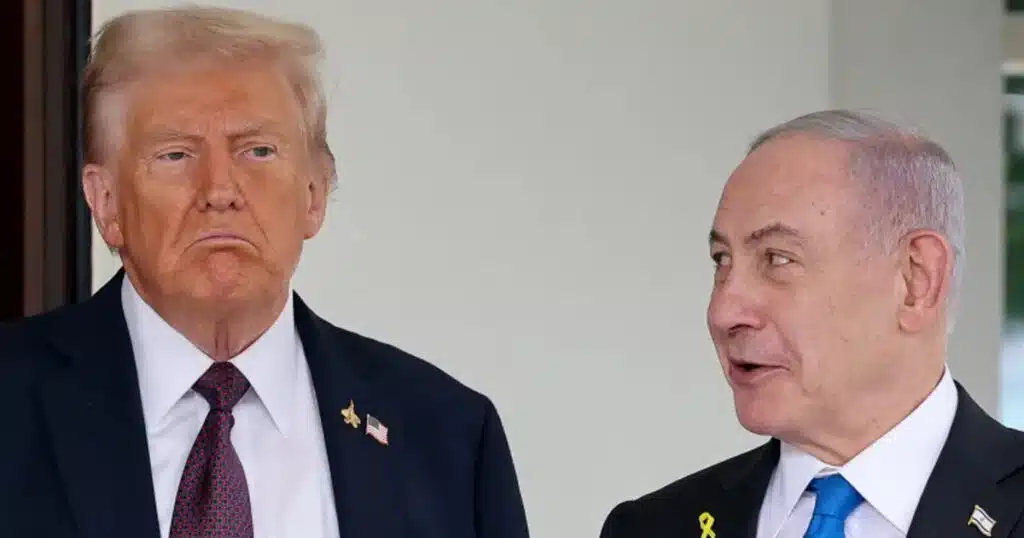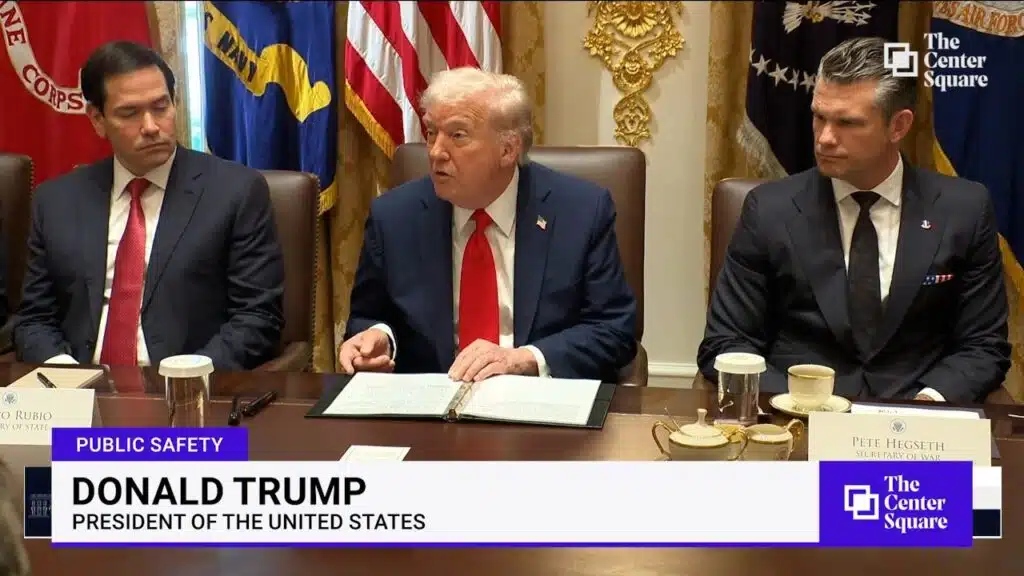
The Doctor Will See You … Eventually: Confronting Dire Diagnosis of America’s Physician Shortages
The most recent numbers from the Association of American Medical Colleges raise alarming concerns about the future of health care in the United States.
By 2036, the nation is anticipated to face a shortage of up to 86,000 physicians even as the U.S. population is projected to grow by 8.4%—with a staggering 54.7% increase in individuals age 75 and older.
Ill-equipped to meet the growing demand from an aging population and lack of physicians, our health care system will suffer at the expense of patients. Millions are expected to face longer wait times and reduced access to primary care physicians and specialists.
“Match Day,” which took place March 15, served as our yearly reminder of this looming crisis. On this day, medical school seniors nationwide gathered with friends and loved ones to discover the contents of envelopes that would seal their immediate fates: the locations where they would spend the next three to seven years in residency training, a final step in the journey toward becoming an attending physician.
For most, the contents of these envelopes were met with exuberant cheers and tears of joy from the students and their loved ones. Others, though, faced the heartbreaking reality of not “matching into” a program, potentially putting their dreams of medical training on hold for at least another year.
Amid this whirlwind, data from the National Resident Matching Program paints a dire picture. Despite this past Match Day being the largest in history, with a record number of certified applicants (44,853) and positions filled (38,941), the program estimated that roughly 2,500 positions are expected to remain unfilled.
Not to mention that thousands of additional applicants, including graduates of foreign medical schools with lower chances of matching in a U.S. program, will be unable to secure a residency spot this year.
What is most alarming is that these shortages are not felt equally nationwide. The Association of American Medical Colleges reports that if underserved communities had equal access to care, we would have needed 202,800 more physicians in 2021. Consequently, the elderly, the poor, and those living in rural areas are disproportionately affected.
This reality underscores the urgent need to address not only physician shortages but deep-seated disparities in access to primary care. The National Resident Matching Program reports that this year’s primary care residency fill rates fell by 1.4 percentage points from last year, shedding light on this problem.
To begin addressing this issue, it’s crucial to reform the calculation for graduate medical education funding, which Medicare authorizes. Historically, Congress has capped the number of resident positions to fund; legislation in the past few years has made only small strides in changing this.
Increased funding alone won’t solve the problem. However, unfreezing these funds would offer flexibility, especially in empowering states to establish programs in under-resourced areas and provide additional incentives to residents who train in rural areas.
However, the current system ties funding to sponsoring institutions rather than individual students. This may obscure the actual costs of residency programs, resulting in reduced accountability and an uneven distribution of financial responsibilities among stakeholders.
Therefore, unfreezing funding for graduate medical education should be coupled with reforms that empower states to distribute resources based on their unique patient populations and health care demands. Funding should follow each trainee to ensure that graduate medical education is individualized and not solely driven by the financial interests of teaching institutions.
This localized approach is essential to alleviating physician shortages nationwide, especially in rural and underserved areas that are home to 15% of the U.S. population but only 10% of practicing physicians.
Policymakers also should consider tapping into the untapped potential of medical graduates who do not match into residency.
Utah has successfully implemented a program that employs these graduates through provisional licensure, allowing them to practice under supervision. This approach not only enables these graduates to use their medical education and recapture the value of their degrees; it also helps alleviate the emerging shortage.
As states control medical licensure, they have the power to address their needs more effectively.
It is crucial for policymakers to prioritize the patient-doctor relationship and the role of graduate medical education in training compassionate and competent physicians. Although reforms in other aspects of health care policy are important, an insufficient supply of physicians would only exacerbate existing problems.
Medical doctors deserve to be provided with the necessary tools to succeed without excessive regulation and undue burden, since they remain an indispensable pillar of our society.
Making matters worse, America’s aging physician workforce is a growing concern. About 42% of physicians age 55 or older are rapidly approaching retirement.
This situation is exacerbated by the appeal of early retirement among physicians due to burnout. Over half of physicians report feelings of burnout, and nearly 8 in 10 physicians, residents, and medical students agree that a stigma surrounds physicians who seek mental health care.
This decline in morale and mental well-being of our health care workforce only will worsen the doctor shortage. The supply of health care providers will not be able to meet the increasing demand for their services.
To address this issue, policymakers must ensure that efforts to improve graduate medical education are coupled with broader health care reforms that empower physicians and patients alike.


